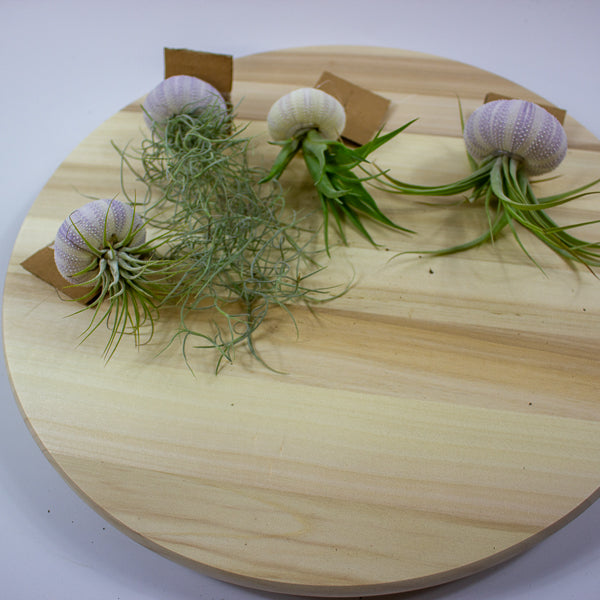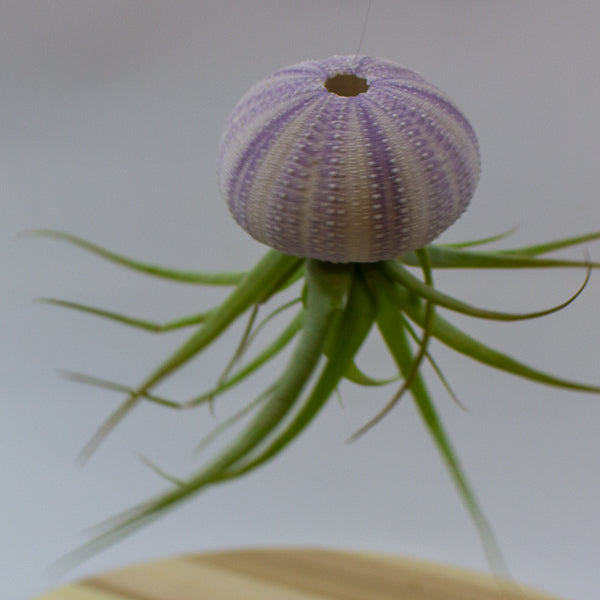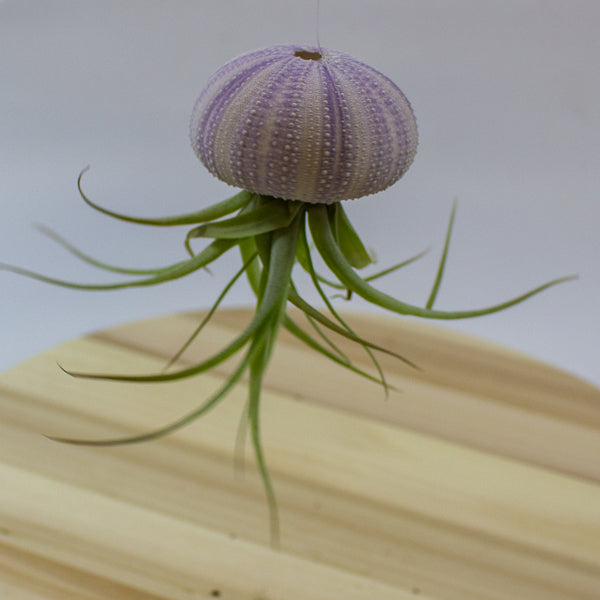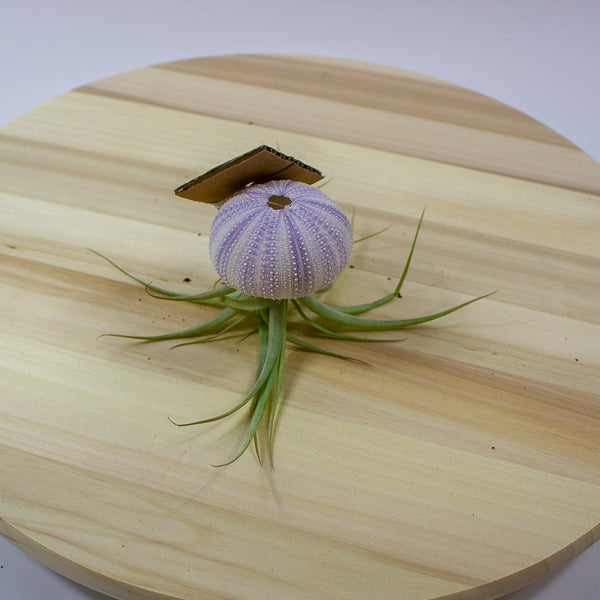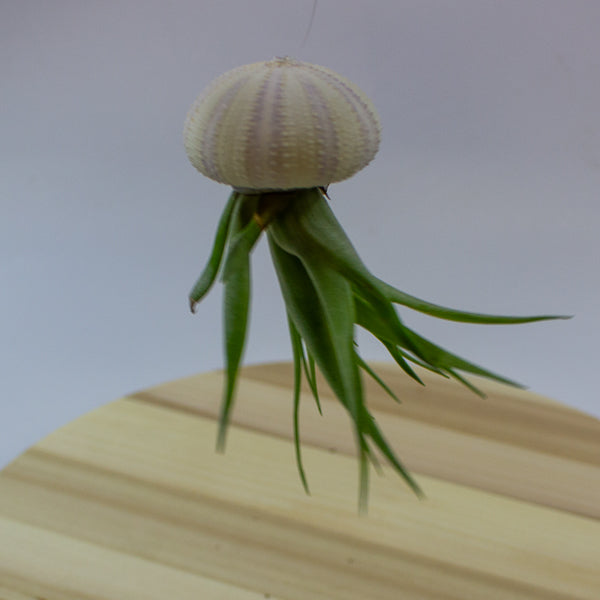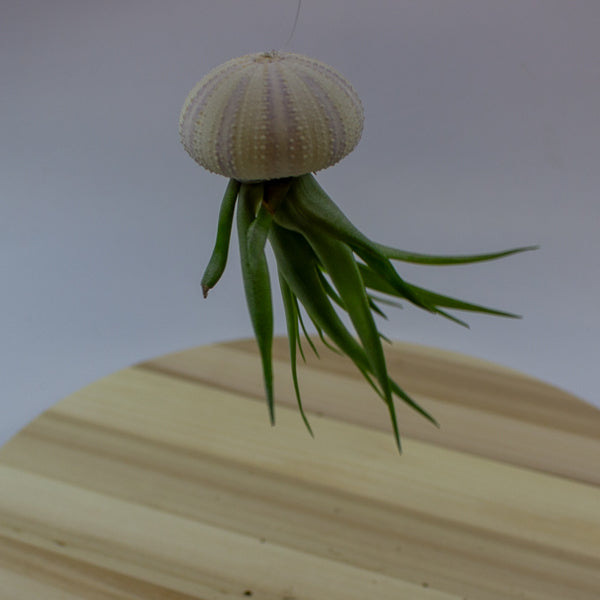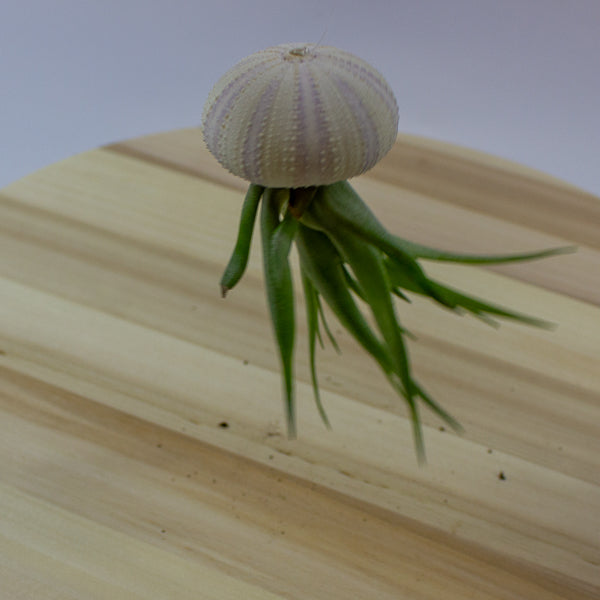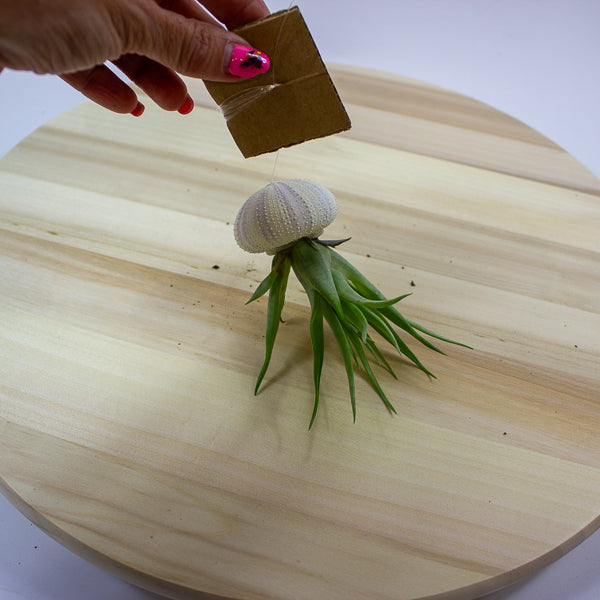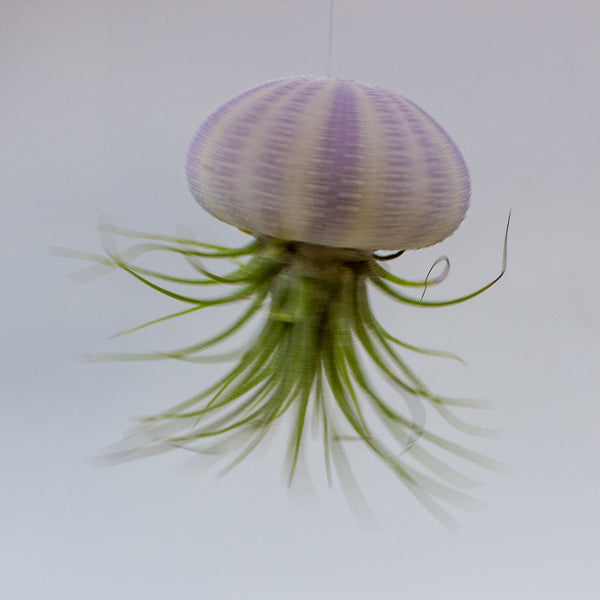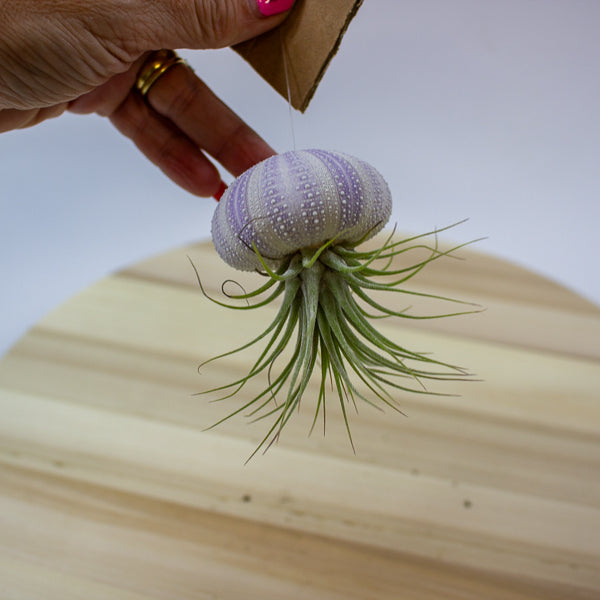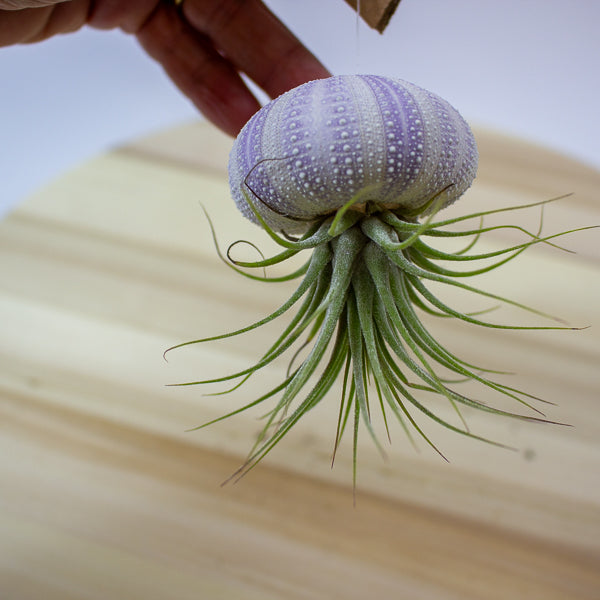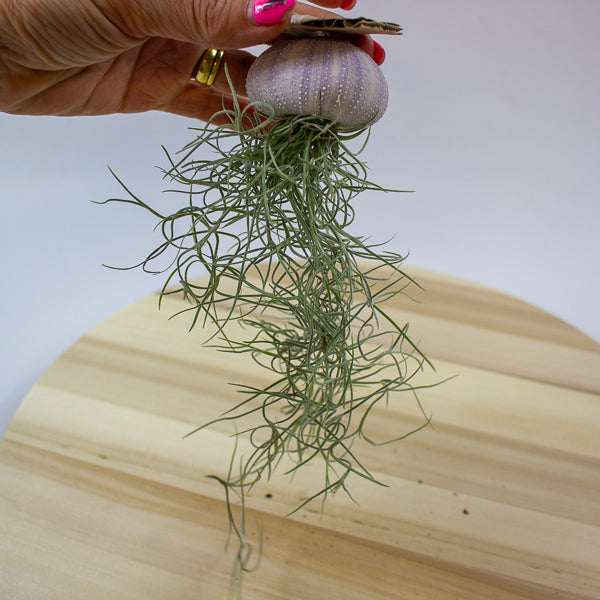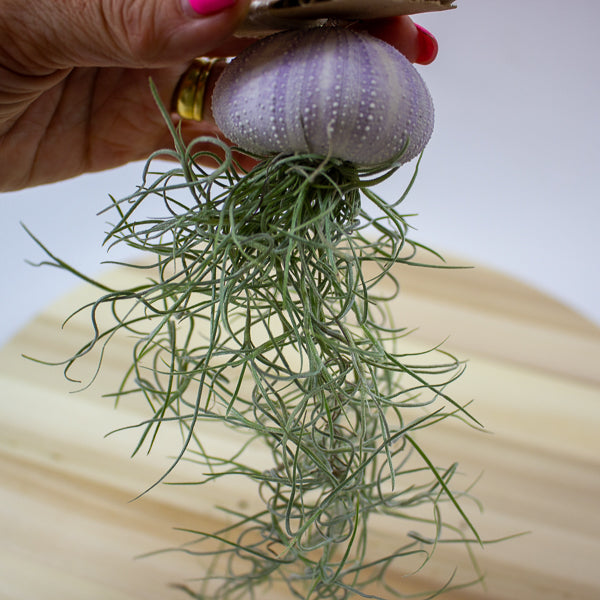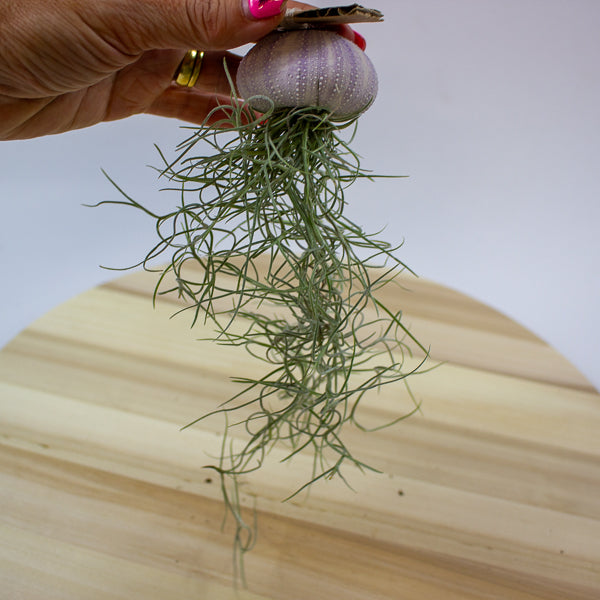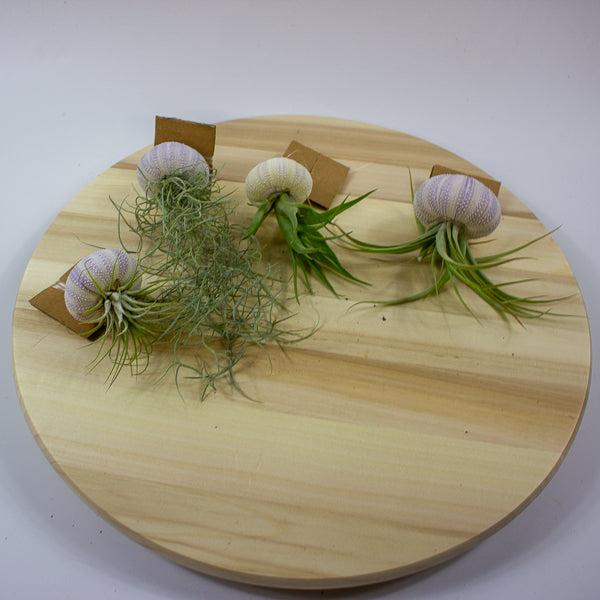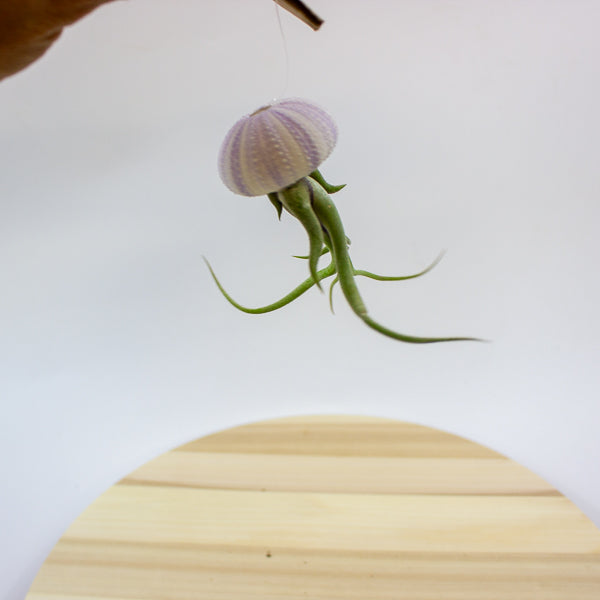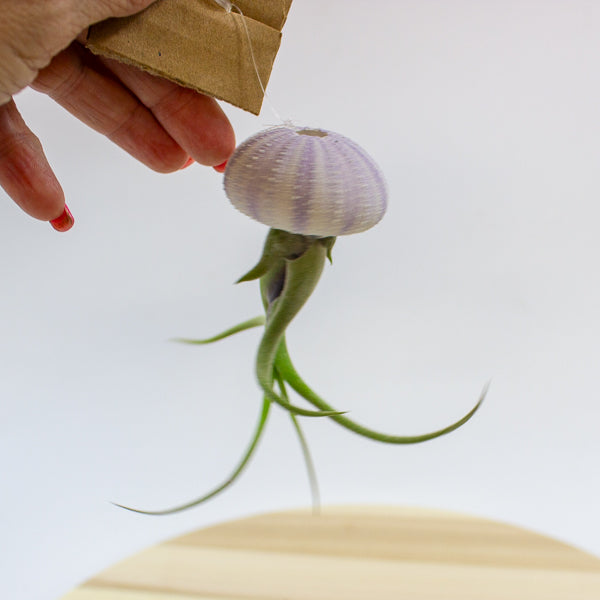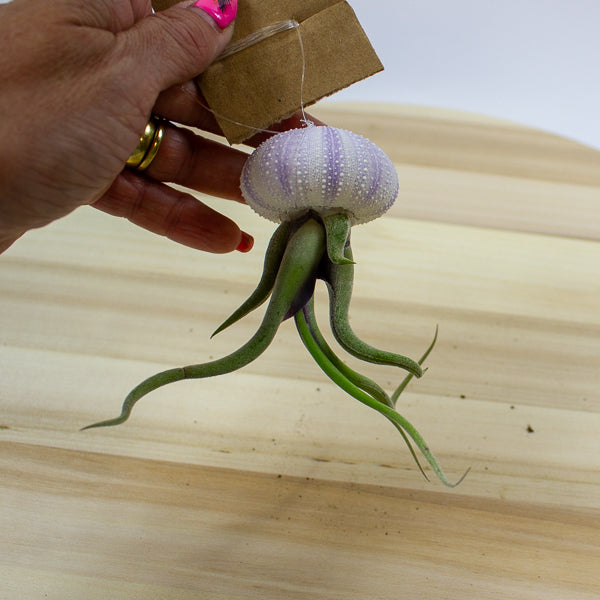1
/
of
25
Emm's Plant House
Tillandsia usneoides in shell 10cm H15cm
Tillandsia usneoides in shell 10cm H15cm
Regular price
£10.00 GBP
Regular price
£18.00 GBP
Sale price
£10.00 GBP
Unit price
/
per
Taxes included.
Couldn't load pickup availability
Tillandsia usneoides, commonly known as Spanish Moss, is a unique and striking epiphytic plant that is often found hanging from trees in tropical and subtropical regions. This air plant is known for its long, silvery-gray strands that resemble strands of moss. When displayed in a decorative shell, it adds an elegant, natural touch to any space. While it thrives as an epiphyte in the wild, growing on trees or rocks, Tillandsia usneoides can also be enjoyed in homes where it is displayed creatively in containers, shells, or terrariums.
- Full Botanical Name: Tillandsia usneoides
- Common Names: Spanish Moss
- Country and/or Region of Origin: Native to the southern United States, Central and South America, and the Caribbean
- Growing Conditions in Native Habitat: Grows as an epiphyte in tropical and subtropical forests, often found hanging from tree branches in high humidity and indirect light.
Care Guide
Care Guide
Share
